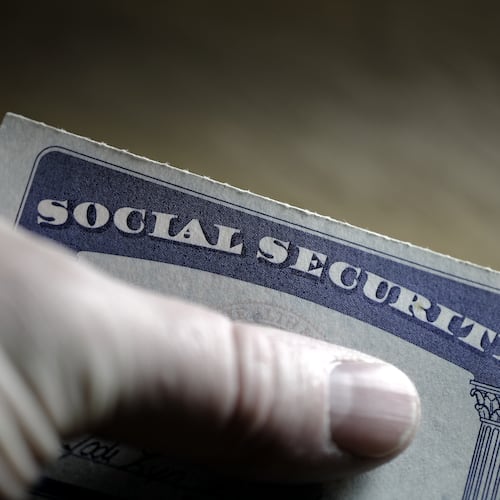President Joe Biden’s administration will acknowledge Tuesday that it expects the U.S. will fall short of the White House’s goal of 70% of Americans to be partially COVID vaccinated by July 4.
Overall, about 168 million American adults, or 65.1% of the U.S. population 18 years and older, have received at least one dose of the COVID-19 vaccine as of Friday, according to the Atlanta-based Centers for Disease Control and Prevention.
COVID-19 deaths in the U.S. have dipped below 300 a day for the first time since the early days of the disaster in March 2020, while the drive to put shots in arms hit another encouraging milestone Monday: 150 million Americans fully vaccinated.
The coronavirus was the third-leading cause of death in the U.S. in 2020, behind heart disease and cancer, according to the CDC. The U.S. death toll stands at more than 600,000, while the worldwide count is close to 3.9 million, though the real figures in both cases are believed to be markedly higher.
About 45% of the U.S. population has been fully vaccinated, according to the CDC. More than 53% of Americans have received at least one dose of vaccine. But U.S. demand for shots has slumped, to the disappointment of public health experts.
Dr. Ana Diez Roux, dean of Drexel University’s school of public health, said the dropping rates of infections and deaths are cause for celebration. But she cautioned that the virus still has a chance to spread and mutate given the low vaccination rates in some states, including Mississippi, Louisiana, Alabama, Wyoming and Idaho.
“So far it looks like the vaccines we have are effective against the variants that are circulating,” Diez Roux said. “But the more time the virus is jumping from person to person, the more time there is for variants to develop, and some of those could be more dangerous.”
New cases are running at about 11,400 a day on average, down from more than a quarter-million per day in early January. Average deaths per day are down to about 293, according to Johns Hopkins University, after topping out at more than 3,400 in mid-January.
In New York, which suffered mightily in the spring of 2020, Gov. Andrew Cuomo tweeted Monday that the state had 10 new deaths. At the height of the outbreak in the state, nearly 800 people a day were dying from the coronavirus.
Some states are faring worse than others. Missouri leads the nation in per-capita COVID-19 cases and is fourth behind California, Florida and Texas in the number of new cases per day over the past week despite its significantly smaller population.
The surge is being driven by new cases in a farming region in the northern part of the state and in the southwest corner, which includes the towns of Branson and Springfield. COVID-19 hospitalizations in southwest Missouri have risen 72% since the beginning of the month as of Friday.
The fall will bring new waves of infection, but they will be less severe and concentrated more in places with low vaccination rates, said Amber D’Souza, a professor of epidemiology at the Johns Hopkins Bloomberg School of Public Health.
“So much depends on what happens over the summer and what happens with children,” D’Souza said. “Anyone who is not vaccinated can become infected and transmit the virus.”
Biden wants to celebrate Independence Day as a “summer of freedom” from the virus.
The Associated Press contributed to this report.
About the Author
The Latest
Featured



